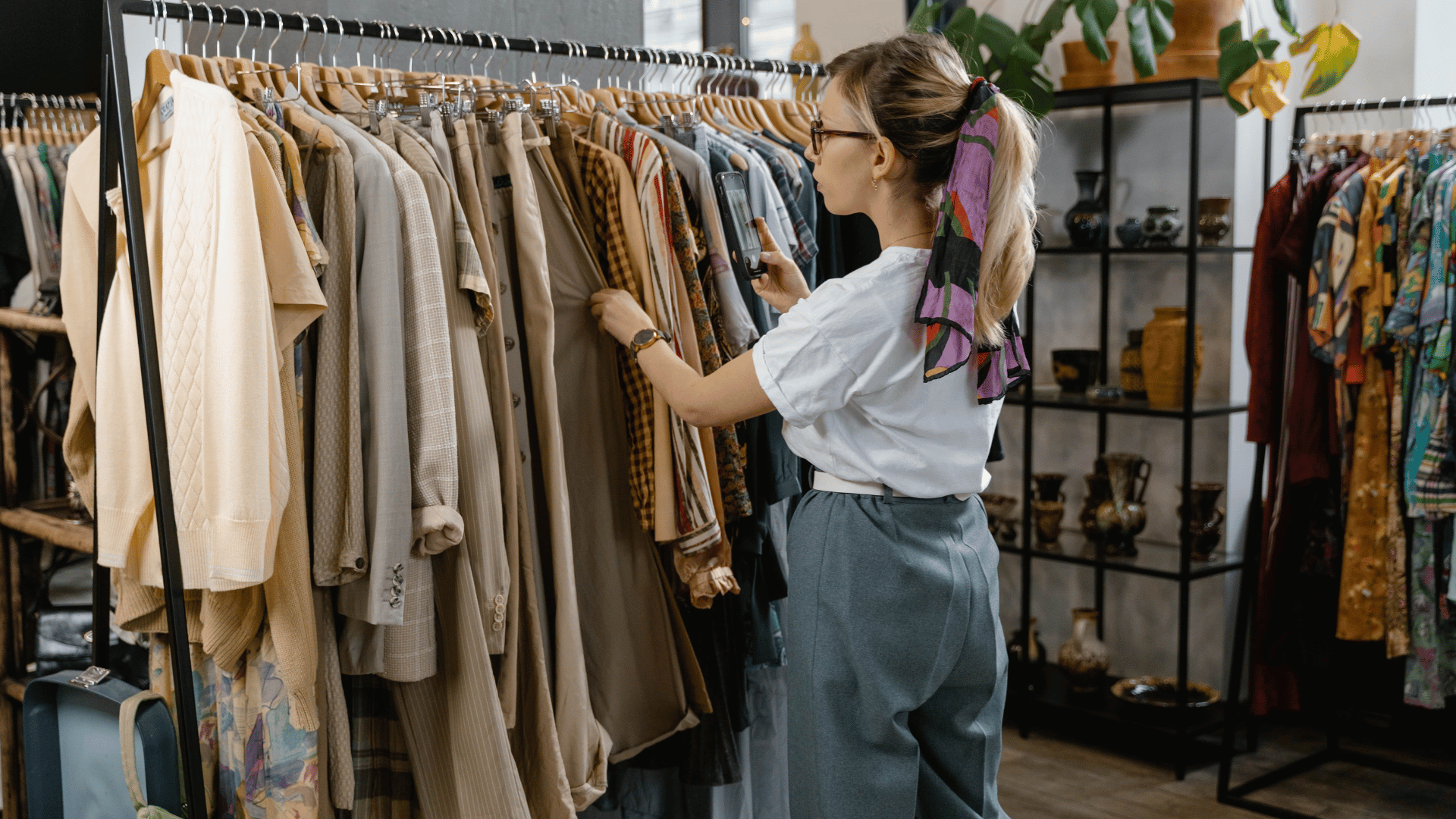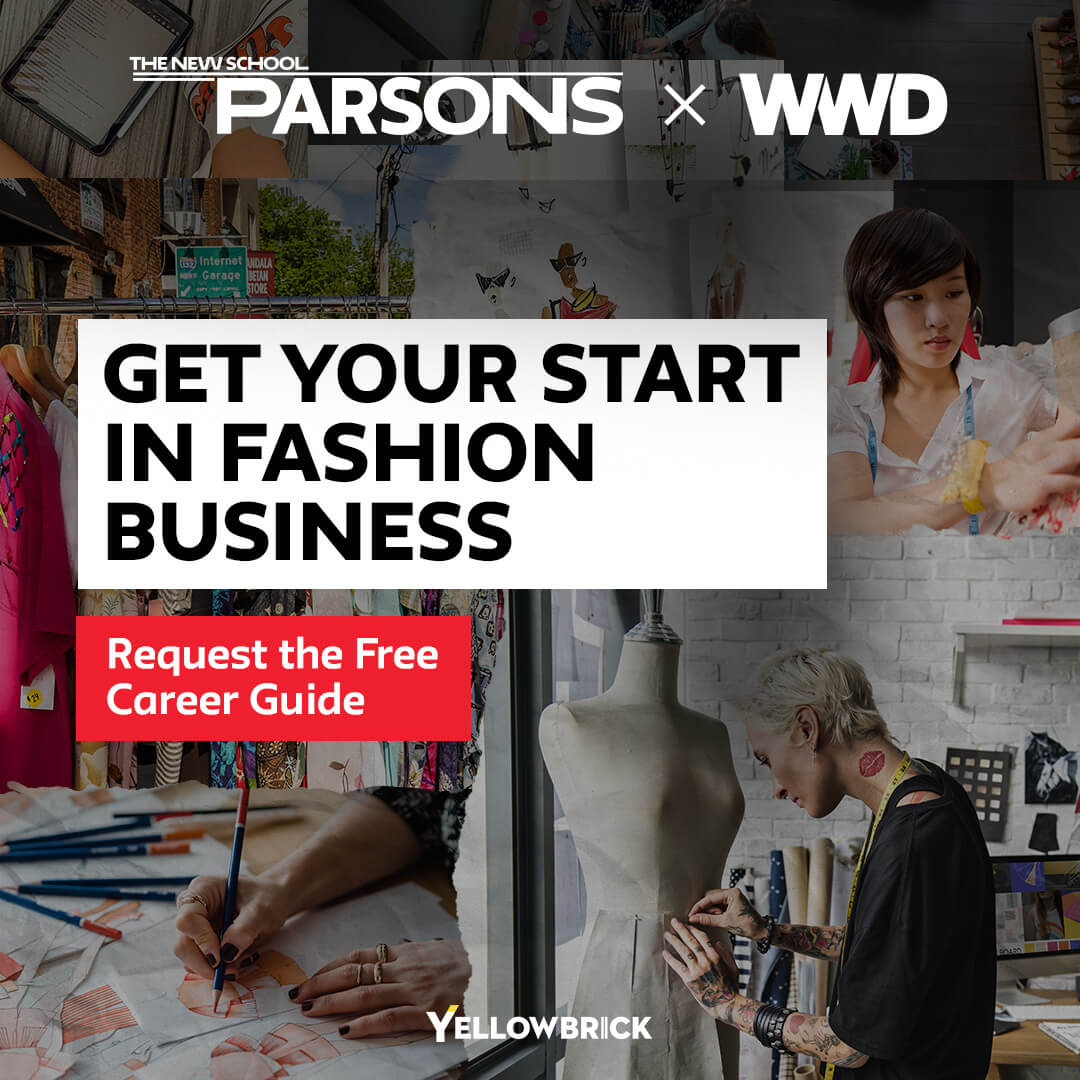In the ever-evolving world of fashion, staying ahead of trends is crucial for brands and designers to remain competitive and relevant in the market. One of the essential tools in achieving this is fashion trend forecasting. This strategic process involves analyzing past and current data, consumer behavior, social and cultural influences, and industry insights to predict upcoming trends in colors, styles, fabrics, and silhouettes.
By understanding and leveraging trend forecasting, fashion professionals can make informed decisions about design, production, marketing, and retail strategies to meet consumer demands and drive business success.
Fashion Trend Forecasting: A Multifaceted Practice
Fashion trend forecasting is a multi-faceted practice that combines creativity, analytical skills, industry knowledge, and consumer insights. Trend forecasters, also known as fashion forecasters or trend analysts, play a pivotal role in identifying emerging trends and translating them into actionable insights for fashion businesses. These professionals closely monitor global fashion weeks, street style, social media, and cultural events to spot patterns and themes that may influence future trends.
Understanding The Cyclical Nature of Fashion
One of the key aspects of fashion trend forecasting is understanding the cyclical nature of fashion. Trends often resurface or evolve over time, influenced by various factors such as nostalgia, socio-economic conditions, technological advancements, and cultural shifts. Trend forecasters analyze these cyclical patterns and interpret them in the context of current market dynamics to predict which trends are likely to gain traction in the future.
The Holistic Approach to Trend Forecasting
Moreover, trend forecasting is not limited to predicting clothing styles and designs. It also encompasses forecasting trends in accessories, footwear, beauty, and lifestyle categories. By taking a holistic approach to trend forecasting, fashion professionals can develop comprehensive trend reports that guide product development, brand positioning, and marketing strategies across various segments of the industry.
The Competitive Advantage of Trend Forecasting
In the fast-paced and competitive fashion landscape, trend forecasting provides a strategic advantage to brands and designers by helping them anticipate consumer preferences and market demands. By incorporating trend forecasting into their creative and business processes, fashion companies can align their collections with the zeitgeist, differentiate themselves from competitors, and capture the attention of target audiences.
Shaping the Retail Landscape with Fashion Trend Forecasting
Fashion trend forecasting also plays a crucial role in shaping the retail landscape. Retailers rely on trend forecasts to curate their product assortments, plan merchandising strategies, and create compelling retail experiences that resonate with consumers. By leveraging trend forecasting insights, retailers can optimize their inventory management, maximize sales opportunities, and create a distinct brand identity that appeals to their target market.
Fashion Trend Forecasting’s Impact on the Supply Chain
In addition to its impact on design and retail, trend forecasting influences various aspects of the fashion supply chain. Production planners use trend forecasts to determine demand for specific styles and colors, source materials and components, and optimize production schedules. Marketing teams leverage trend insights to develop targeted campaigns, collaborations, and influencer partnerships that align with the prevailing trends in the market.
Enhancing Trend Forecasting Skills with Professional Development
For fashion professionals looking to enhance their trend forecasting skills and expertise, enrolling in a comprehensive online course can provide valuable insights and practical knowledge in this field. Yellowbrick offers industry-relevant courses that cover trend forecasting techniques, consumer behavior analysis, market research, and trend communication strategies.
By investing in professional development and staying abreast of the latest trends and technologies in trend forecasting, fashion professionals can elevate their careers and make meaningful contributions to the industry.
Conclusion
Fashion trend forecasting is not just about predicting what’s in vogue; it’s about understanding the cultural, social, and economic factors that shape consumer preferences and influence fashion trends. By embracing trend forecasting as a strategic tool, fashion professionals can anticipate shifts in the market, innovate creatively, and drive business growth in an increasingly competitive industry.
Key Takeaways:
- Fashion trend forecasting predicts future styles by analyzing data, culture, and consumer behavior.
- It helps brands and retailers align products with consumer preferences and market demands.
- Forecasting impacts design, retail strategy, and supply chain planning.
- Continuous skill development keeps fashion professionals competitive in the industry.
For fashion professionals looking to enhance their trend forecasting skills, enrolling in a comprehensive online course can provide valuable insights and practical knowledge. Consider exploring the Parsons Fashion Industry Essentials online course and certificate program offered by Yellowbrick to elevate your career in the fashion industry.








